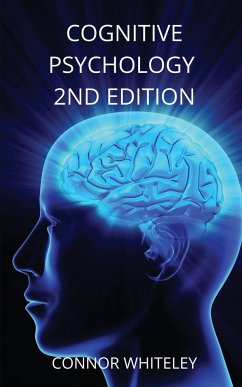
Statistical Decision Theory in Perception and Cognition
Signal Detection and General Recognition Theories
A comprehensive survey of the dominant methods for separating perceptual from decisional effects and for studying perceptual interactions. Human performance in any perceptual or cognitive task can change for a variety of reasons. Signal detection theory (SDT) and its multidimensional generalization called general recognition theory (GRT) are, by far, the dominant methods for determining whether a change in performance is due to a change in perception or a change in how perceptual or cognitive information is used to select a response. In addition, GRT is the dominant method for studying percept...
A comprehensive survey of the dominant methods for separating perceptual from decisional effects and for studying perceptual interactions. Human performance in any perceptual or cognitive task can change for a variety of reasons. Signal detection theory (SDT) and its multidimensional generalization called general recognition theory (GRT) are, by far, the dominant methods for determining whether a change in performance is due to a change in perception or a change in how perceptual or cognitive information is used to select a response. In addition, GRT is the dominant method for studying perceptual interactions. SDT and GRT are used in thousands of published articles that span an enormous range of fields, including vision and all other areas of perception, memory, decision making, eyewitness testimony, response time modeling, face perception, visual search, categorization, perceived similarity, preference, stereotyping, implicit learning, fMRI data analysis, and food science. The book includes examples that illustrate how the various methods are applied, and also includes Matlab code that performs several key computations.













